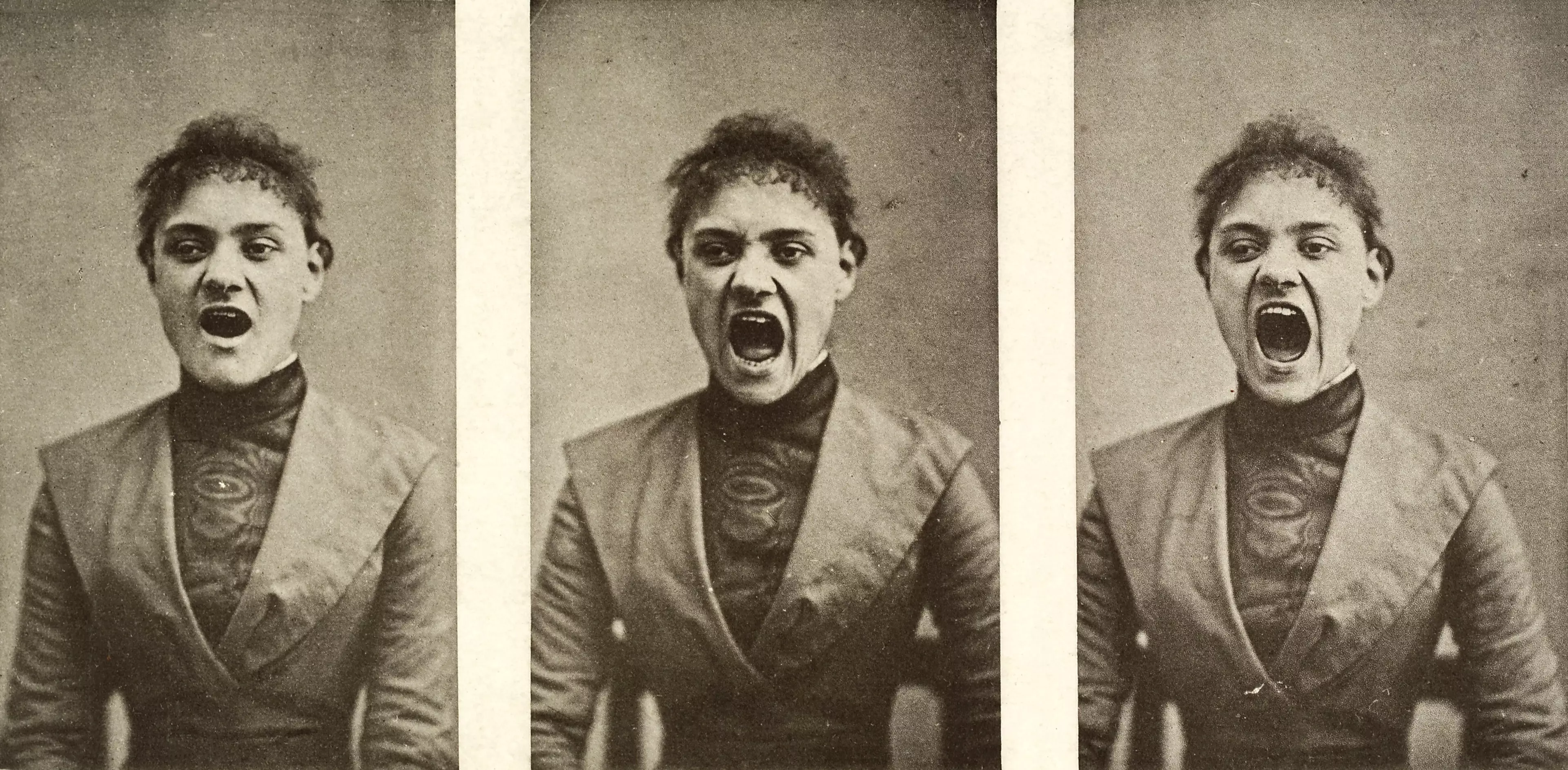
These harrowing images show women who had been locked away at a Victorian asylum, for conditions such as 'female hysteria' and what are known as eating disorders today.
The images were taken between 1878 and 1910 at the infamous Salpetriere Hospital in Paris, France.
Advert
Little is known about the histories or fate of the women, who were photographed by medical photographer Albert Londe - a man hired by neurologist Jean-Marie Charcot to capture portraits of the female patients, who were hospitalised for purportedly having mental illnesses, including female hysteria.
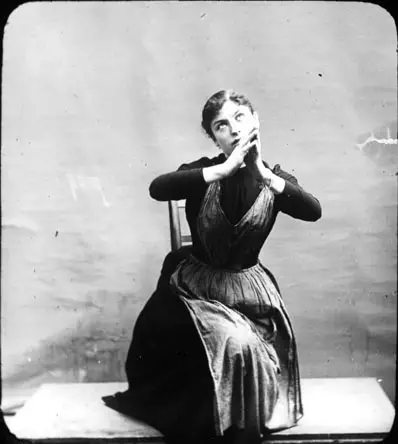
For centuries, female hysteria was a common medical diagnosis, reserved exclusively for women. Women considered to have had it exhibited a wide array of symptoms - including faintness, nervousness, sexual desire, insomnia, fluid retention, shortness of breath, heaviness in the abdomen, irritability or just 'a tendency to cause trouble'.
Until the nineteenth century, hysteria was believed to be connected to the womb and was said to be caused by it 'wandering' out of its proper place.
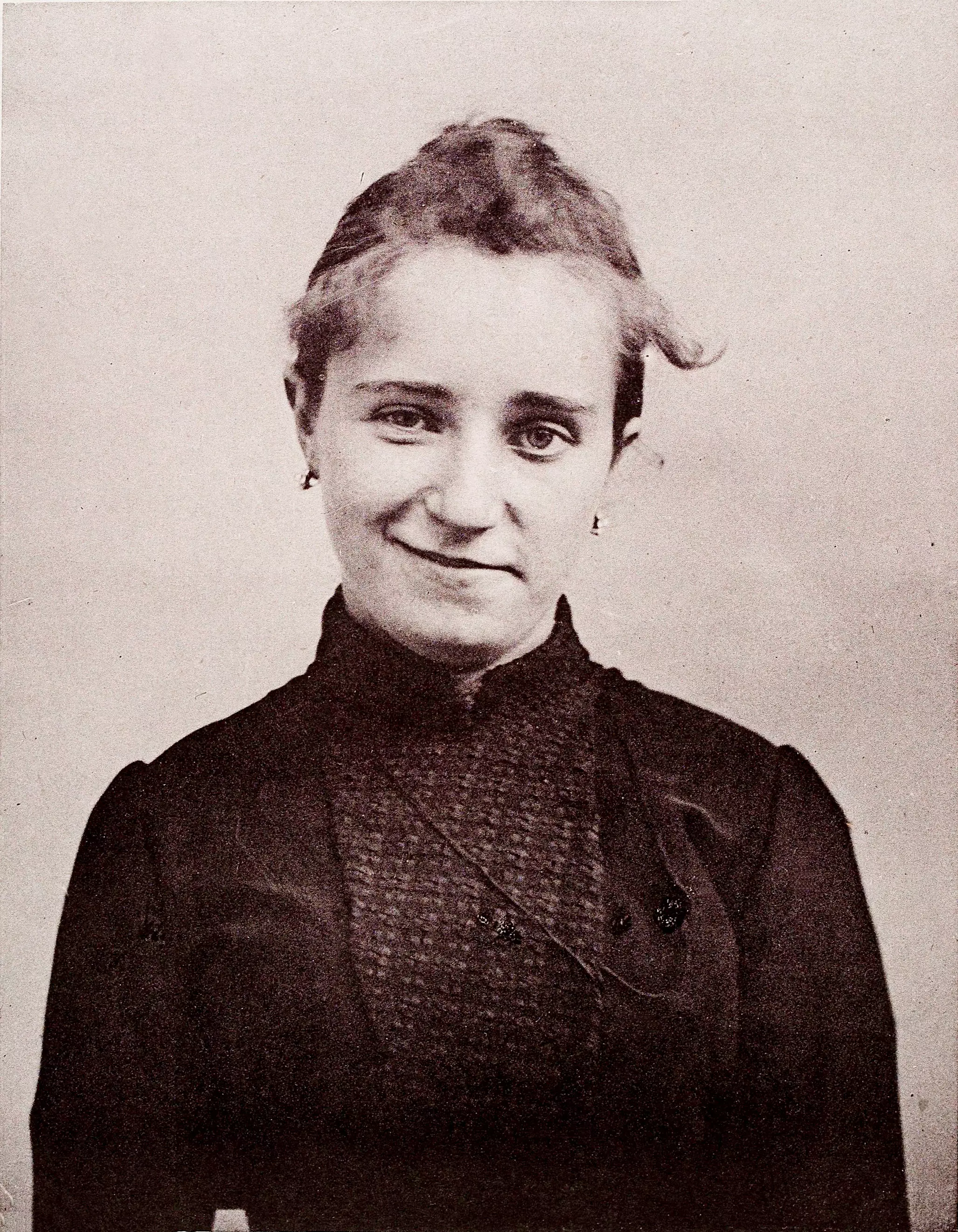
The unfortunate women who were diagnosed with hysteria were often locked away in asylums, such as Salpetriere, or forced to undergo a hysterotomy - removal of the womb.
Advert
However, during Jean-Marie Charcot's time running the Salpetriere he did attempt to reform the treatment of women with hysteria. Choosing to observe the women, talk to them, check their reflexes and asking them to carry out a series of tasks.
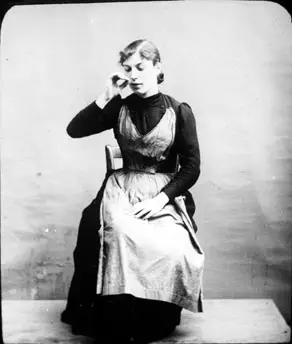
He would take meticulous notes and photographs to keep a document of how the women were getting on.
Advert
Charcot initially believed that hysteria was a neurological disorder for which patients were pre-disposed by hereditary features of the nervous system but near the end of his life in the 1890s, he concluded that hysteria was a psychological disease which could be caused by trauma.
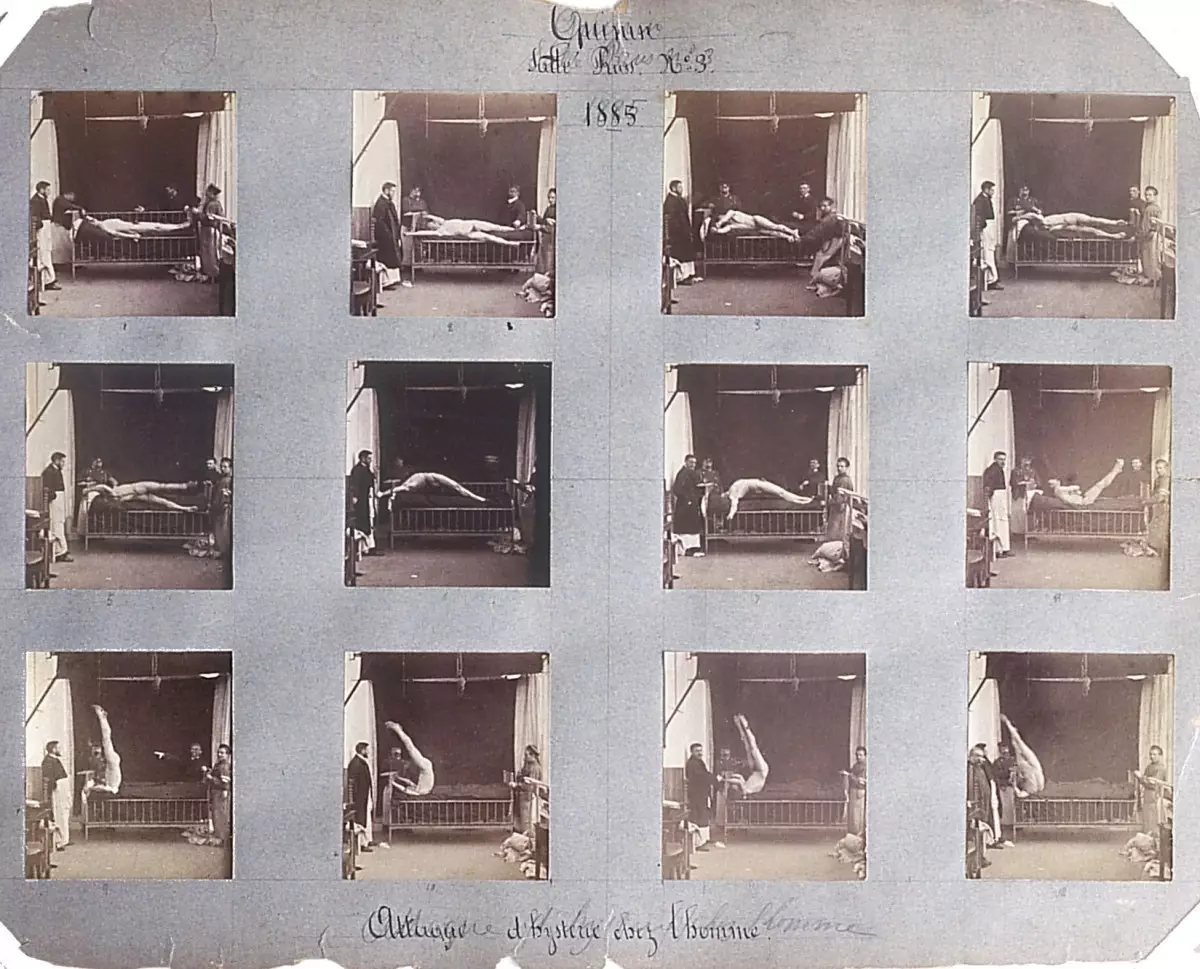
He would, controversially, use hypnotism to help treat his patients. And would put on lectures, during which he would demonstrate hypnotism on his patients.
Featured Image Credit: NewsDog MediaTopics: Interesting